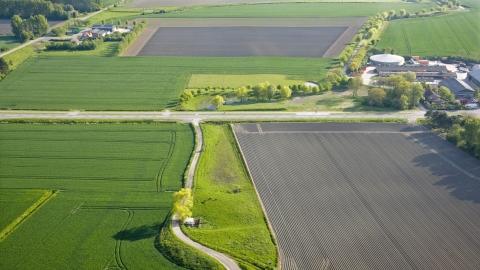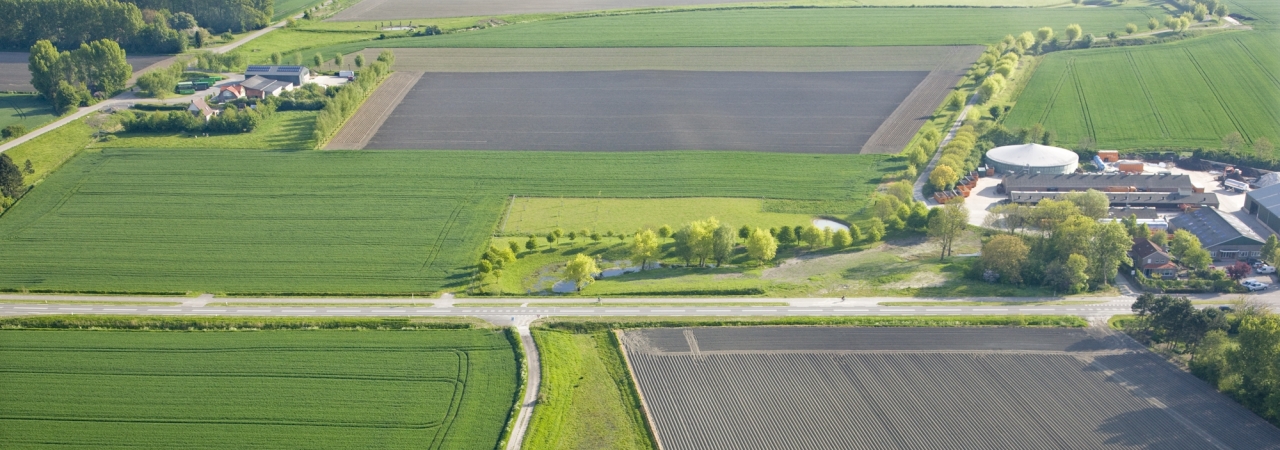After nearly all of Flanders (apart from Oostende, Biervliet, Terneuzen and Axel) had been recaptured by the Spanish general Alexander Farnese (from 1586 Duke of Parma) at the end of the 1580s, and the Spaniards built forts in strategic places to defend themselves against attacks by rebels from the north.
One of these places was the mouth of the old harbour of Oostburg. When Prince Maurits landed in the Land of Cadzand with a big invasion army in 1604, the Spanish fort here quickly fell into the hands of the States.
During the siege of Sluis, which followed nearly three weeks after the invasion, the redoubt fulfilled an important role. In their attempt to liberate the town, a Spanish army led by the Spanish general Spinola crossed the Brugse Vaart to the east of Oostburg (now Groote Gat) and marched westwards to the Land of Cadzand. Near the redoubt at the harbour mouth, the Spaniards were stopped and driven back by States troops, including a Frisian vendel (a company of infantry under a standard led by a hopman or captain.)
After the capture of Sluis by the States, there were plans to demolish the redoubt. However, due its position on the waterway over the Zwarte Gat, Prince Maurits felt that the location was of strategic importance. In 1605, the States General ordered the building of a redoubt on the site of the Spanish fort at the mouth of the old harbour: the Hans Vrieseschans.
From 1605, the redoubt got its definitive form: a square fortification with a bastion in each corner. On the Oostburg side, there was a ravelin, which was later transformed into hornwork.
The redoubt was considered part of the (States) Line of Oostburg. Due to the construction of the Passageule line to the south of Oostburg and as a result of various land reclamations, the Line of Oostburg lost its military value and was officially abandoned in 1673. The Hans Vrieseschans was partially demolished and fell into decline.
In 2011, the north-westerly bastion was partially reconstructed in the framework of the Implementation Programme National Landscape Southwest Zeeland.
The name of the redoubt was probably derived from that of the captain of the above-mentioned Frisian vendel: Hans Vrieze. Other sources claim that the redoubt was named after Hans (de) Vries, who is mentioned in 1605 as conductor of the fortifications of IJzendijke. Perhaps this was the same person?




